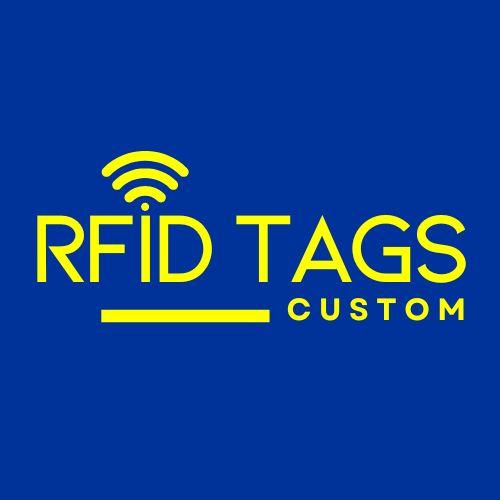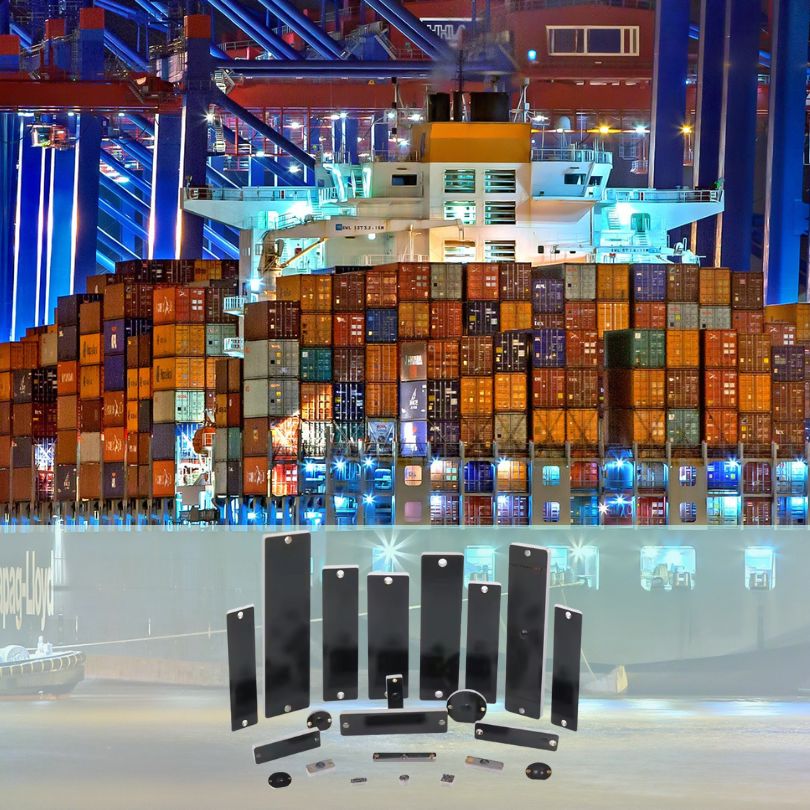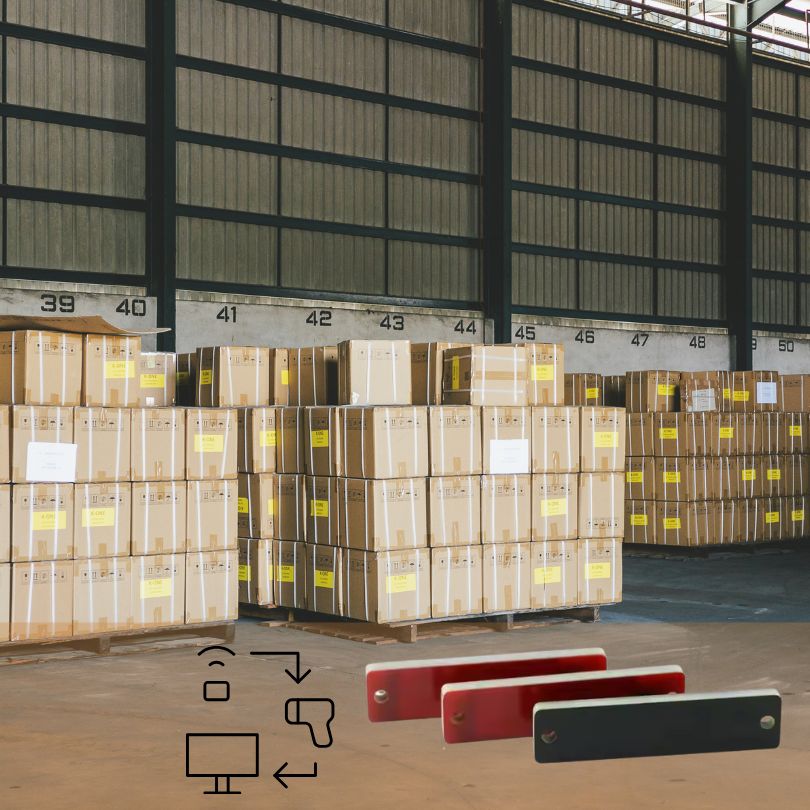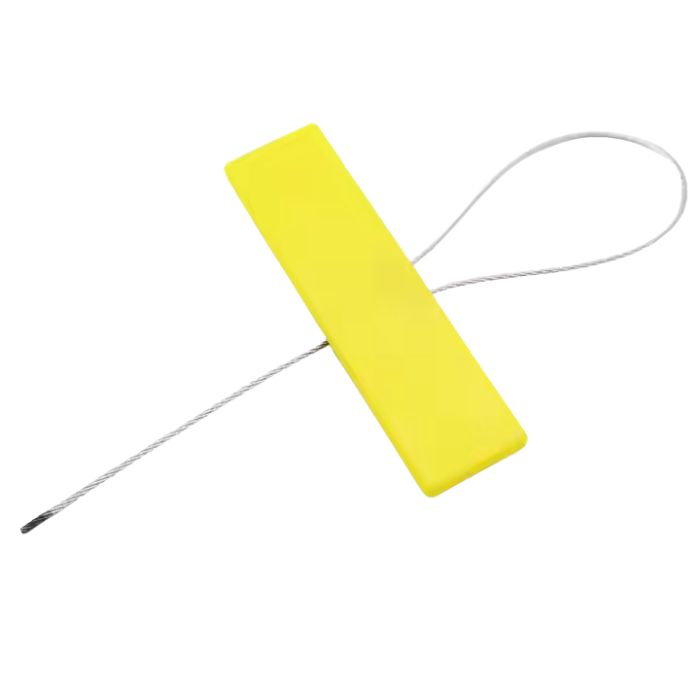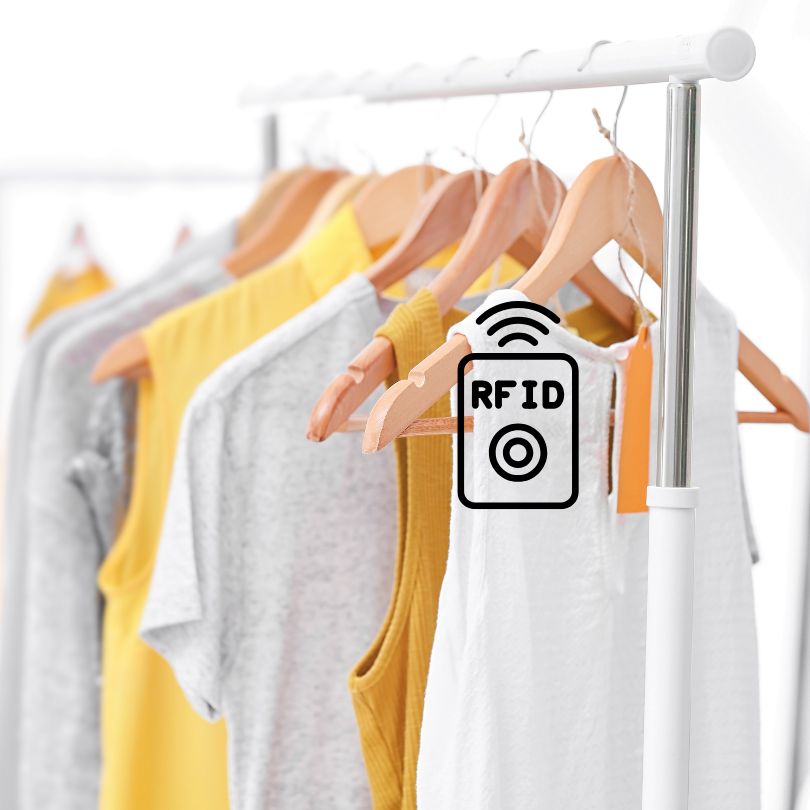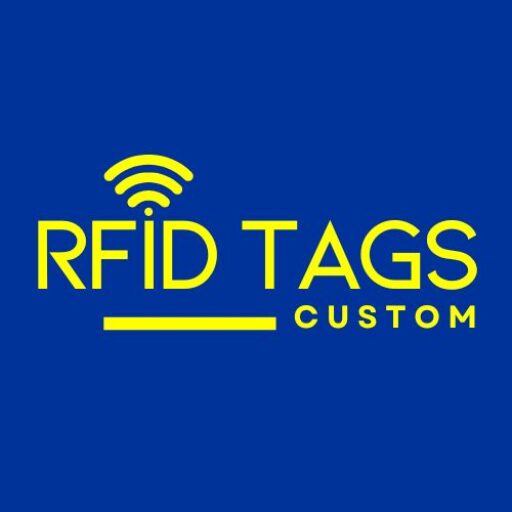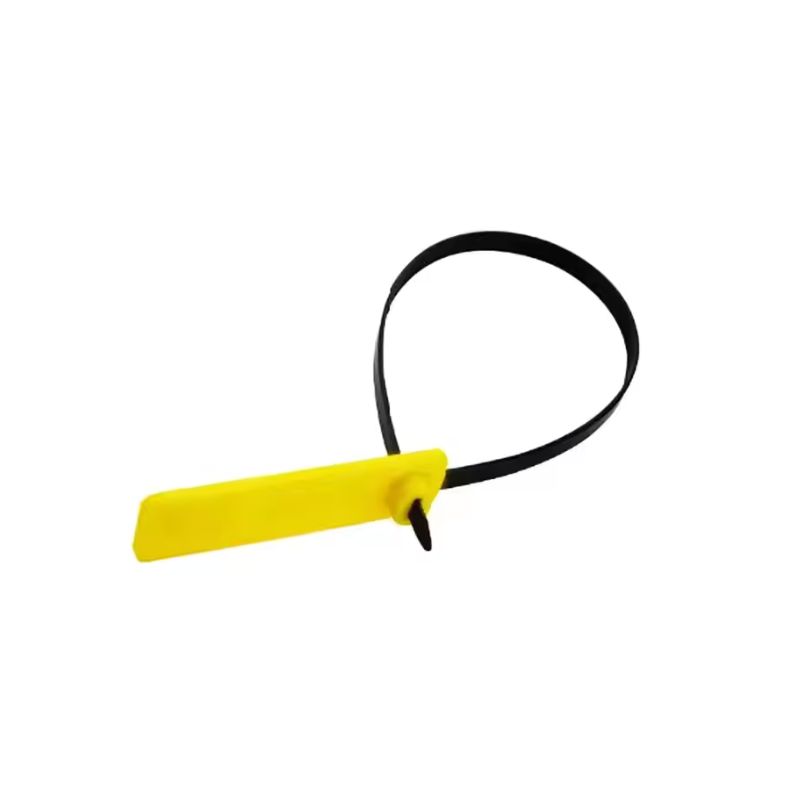
संबंधित ब्लॉग
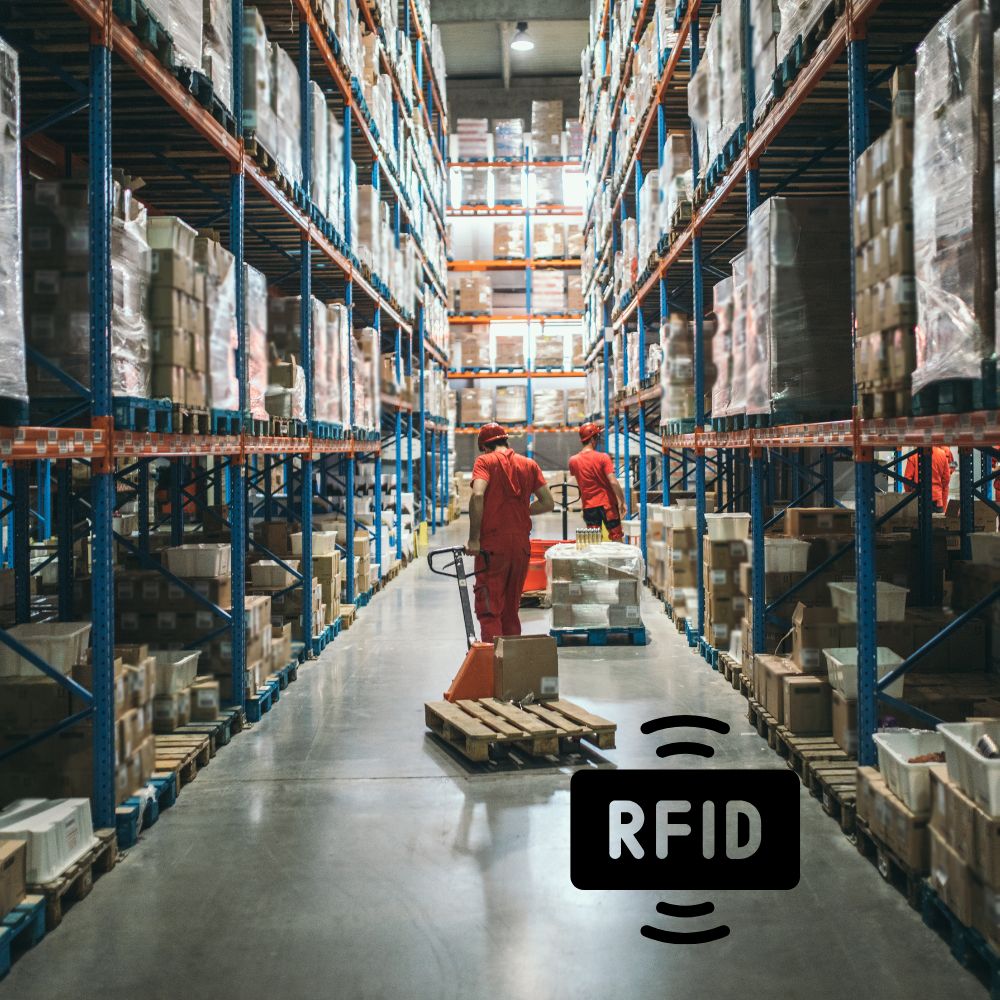
वेयरहाउस में RFID टैग कैसे काम करता है?
गोदाम और इन्वेंट्री प्रबंधन की आधुनिक दुनिया में, आरएफआईडी प्रौद्योगिकी की शक्ति का उपयोग करके समय लेने वाली प्रक्रियाओं को स्वचालित किया जा सकता है, जिससे आपका संपूर्ण संचालन अधिक सहज और लाभदायक बन सकता है।

यूएचएफ बनाम वीएचएफ: अपने संचालन के लिए सही आवृत्ति का निर्णय करना
जब सही रेडियो फ्रीक्वेंसी चुनने की बात आती है - चाहे वह रिटेल, लॉजिस्टिक्स और आपूर्ति श्रृंखला, परिवहन और पार्किंग प्रबंधन, विनिर्माण, स्वास्थ्य सेवा, परिसंपत्ति प्रबंधन और सुरक्षा, कृषि और पशुधन प्रबंधन, शिक्षा और पुस्तकालय प्रबंधन, या परिधान और वस्त्र के लिए हो - तो अक्सर बात UHF बनाम VHF पर आ जाती है।

एनएफसी टैग और क्यूआर कोड के बीच क्या अंतर है
क्या आप जानना चाहते हैं कि NFC और QR कोड में क्या अंतर है? आज की तेज़ गति वाली डिजिटल दुनिया में, QR कोड स्कैनिंग और NFC टैग टैपिंग रोज़मर्रा की बात हो गई है।
